It was truly wonderful to see a total of 14 enthusiastic youngsters come together today, eager and ready to sharpen their strategic thinking and creative ideas through the challenging and intellectually stimulating game of chess. We welcome two new lads, Edward and Reyaan and hope they will return in future.
Today’s main theme focused on FORKS, which can be executed by various pieces. Puzzles demonstrating different types of forks were presented, along with multiple examples on the demo board, followed by a Q&A session.
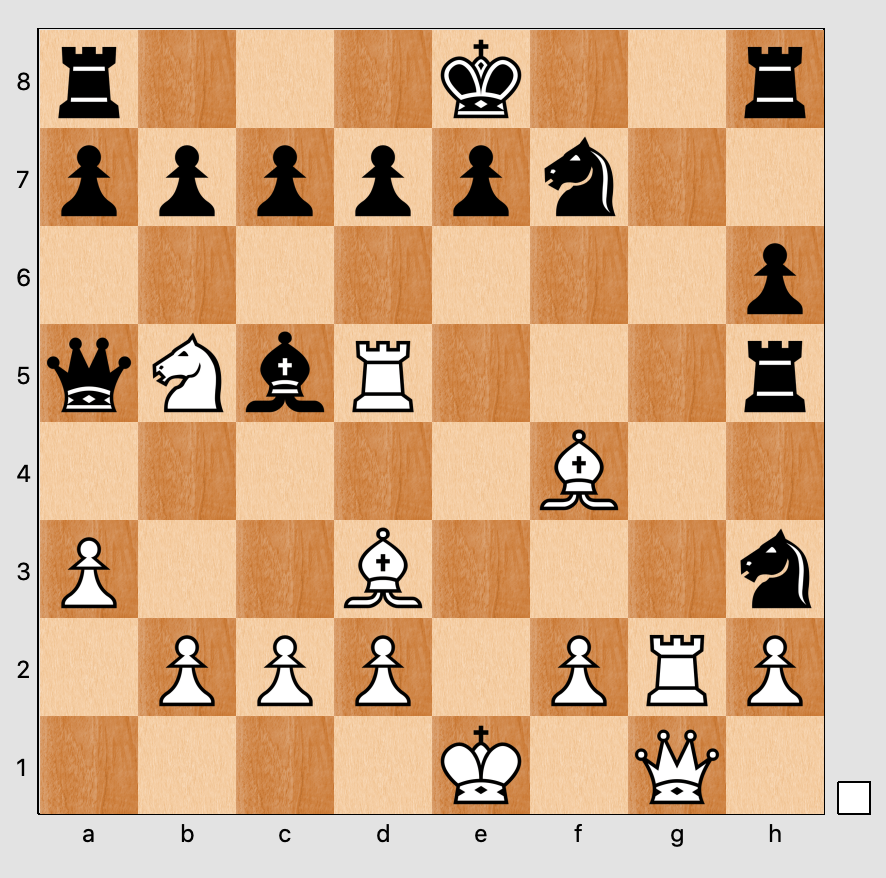
With White to play, where is the:-
Pawn Fork? Bishop Fork? Rook Fork? Mate in Two? Free Piece?
With Black to play, where is the:-
Pawn Fork? Knight Fork? Bishop Fork? Free Piece?
Of all the pieces capable of executing a Fork, the Knight is the most notorious offender.
That Pesky Tricky Knight
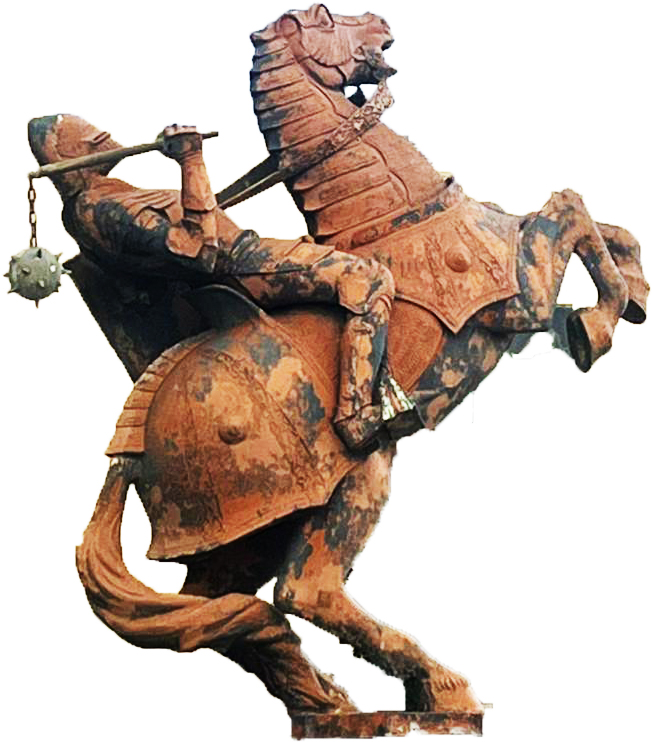
It’s truly amazing how the Knight manages to catch so many players completely unawares with its clever forks and its ability to jump around the board with seemingly carefree abandon. The Knight’s unique movement often surprises opponents who are not paying close attention. So, here are a few important tips to keep in mind about what to watch out for when facing this tricky piece:-
Knights are the trickiest and most unpredictable pieces on the board—and that’s exactly what makes them so powerful when used wisely. Here are some smart strategies to get the most out of your knights:
♞ Positioning Principles
- Centralize your knights: Knights are strongest in the center of the board (especially on d4, d5, e4, e5), where they control up to 8 squares. On the edge, they control only 4; in the corner, just 2.
- Outposts: Look for squares where your knight can sit safely and can’t be chased away by pawns—especially in enemy territory. A knight on an outpost can be a long-term nuisance.
- Avoid early knight trades: Knights are more valuable in closed positions and complex middlegames. Don’t rush to exchange them unless it benefits your position.

🧠 Tactical Tricks
- Forks: Knights are masters of the fork—attacking two or more pieces at once. Always scan for fork opportunities, especially near the enemy king or queen.
- Jump over obstacles: Unlike other pieces, knights can leap over others. Use this to your advantage in cluttered positions.
- Knight maneuvers: Sometimes the best square isn’t immediately reachable. Plan multi-move knight journeys (e.g., Nf3–Nd2–Nb3–c5) to reposition them effectively.
♟️ Strategic Roles
- Defensive duties: Knights are great blockaders and defenders of key squares, especially in endgames.
- Closed positions: In pawn-heavy, locked-up positions, knights outperform bishops. Their ability to hop around makes them ideal for navigating tight spaces.
- Knight vs. Bishop: If the position is closed and pawns are locked, your knight might be superior to the opponent’s bishop. Consider trading accordingly.
If a knight is sat on a dark square, it will jump to a white square, nothing new in that observation, but what you need to look out for is what pieces of my opponents are sat on the same colour square as my Knight?
Look at this diagram:-
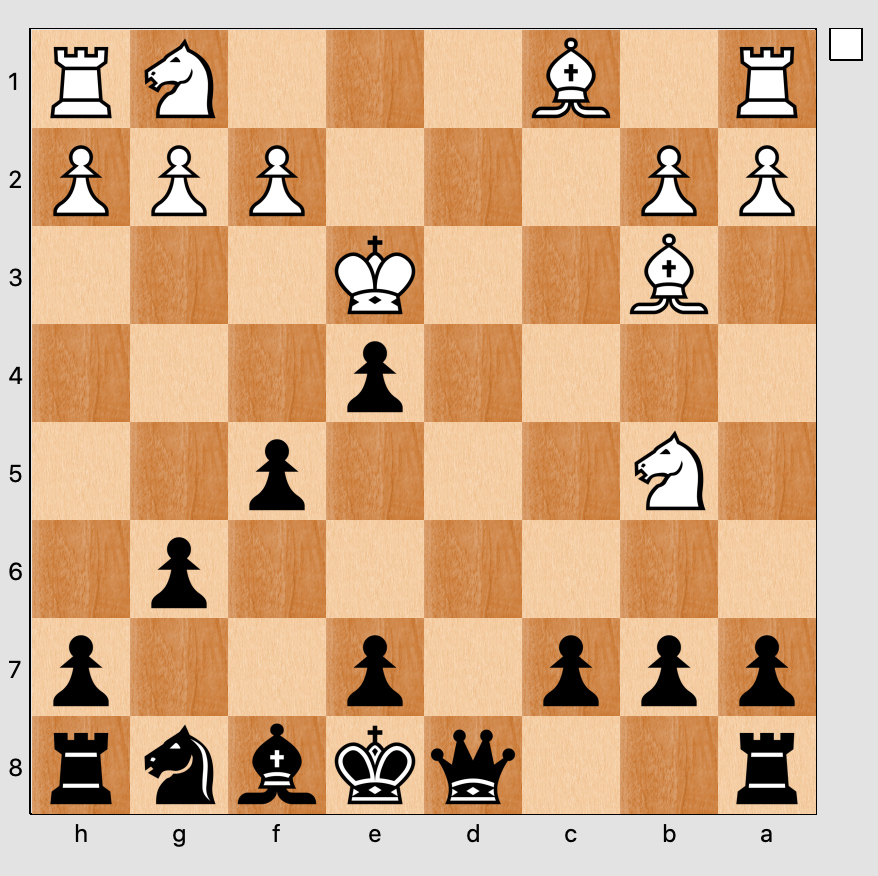
The White Knight is eyeballing the c7 square to fork the King and Rook but the Black Queen is protecting it. So let’s try the tactic of ‘Removing the Guard’ by moving the Bishop to d5 threatening b7.
Oh No my Bishop!…if Black plays c6 with a pawn fork, Bishop takes Ng8, if c6 pawn takes Knight, retreat the Bishop, if Rook takes Bishop, retreat the Knight, nothing lost, but if :-
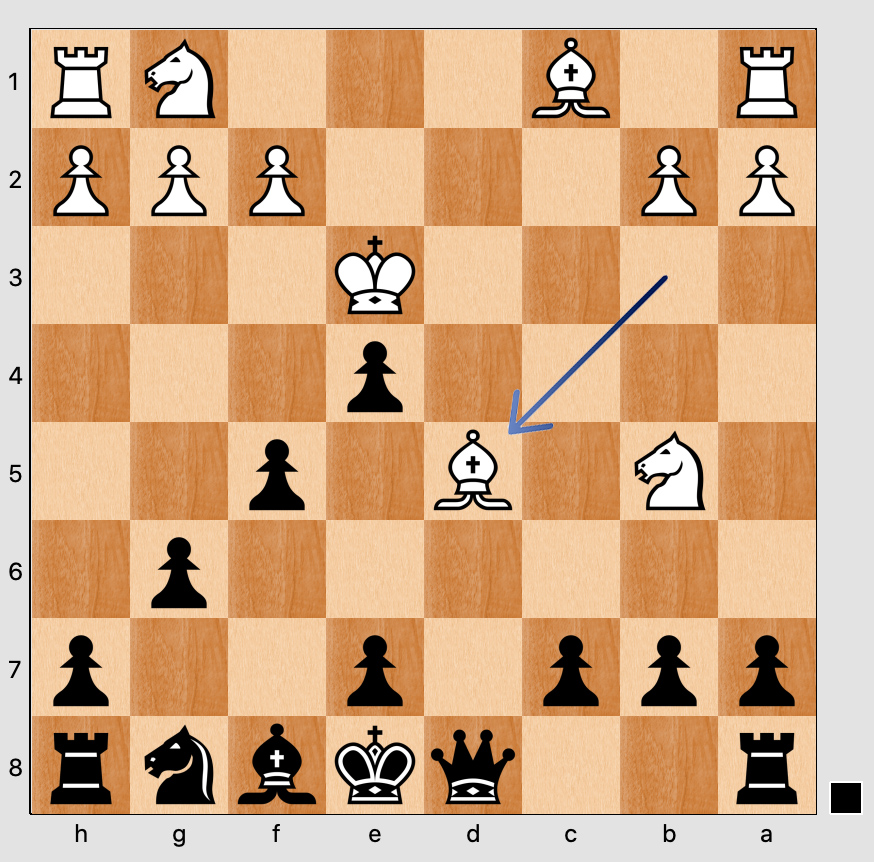
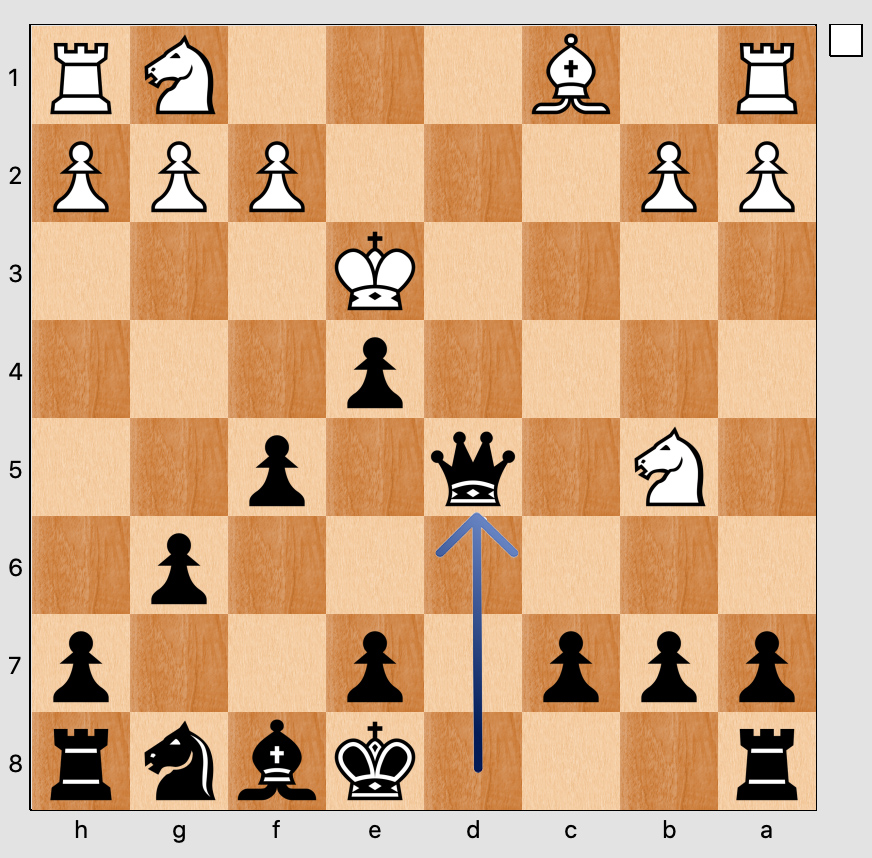
Queen takes the Bishop, now note how many of Black’s pieces are on the same colour square as White’s Knight….
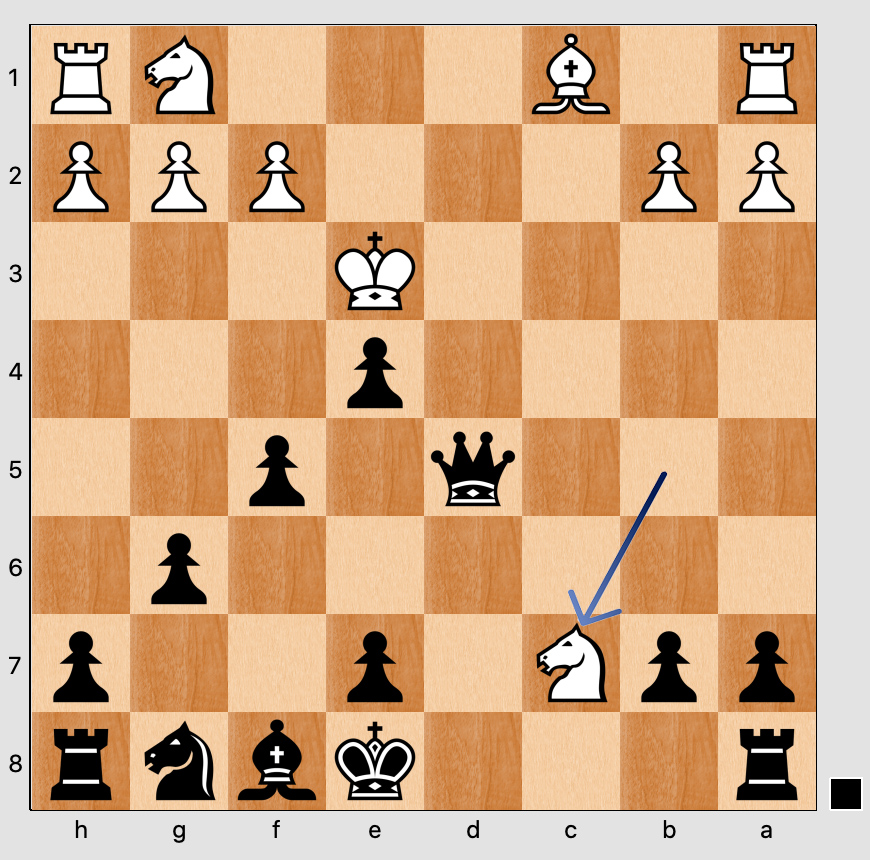
Useful tips against a Knight
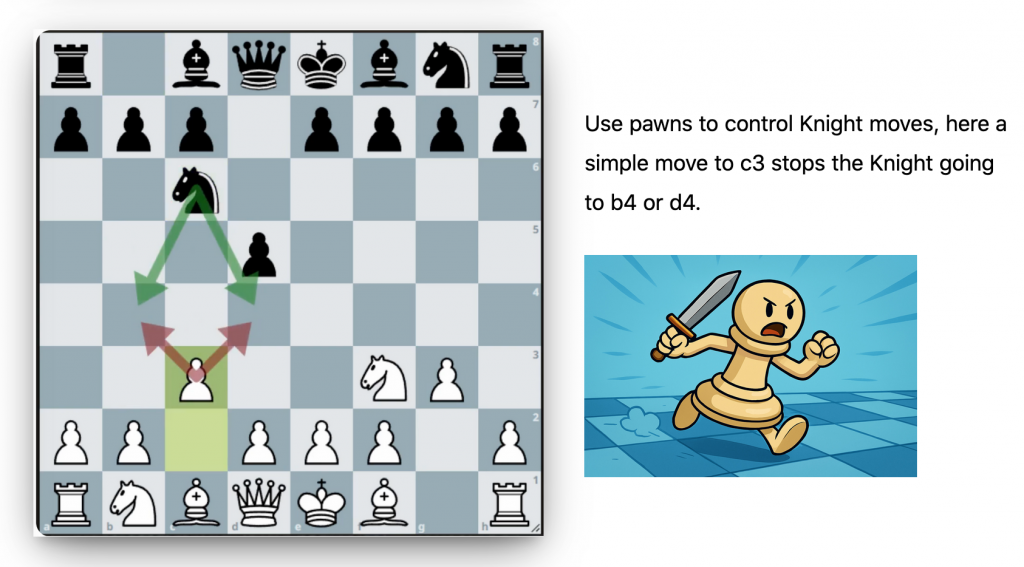
Knight Check Shadow
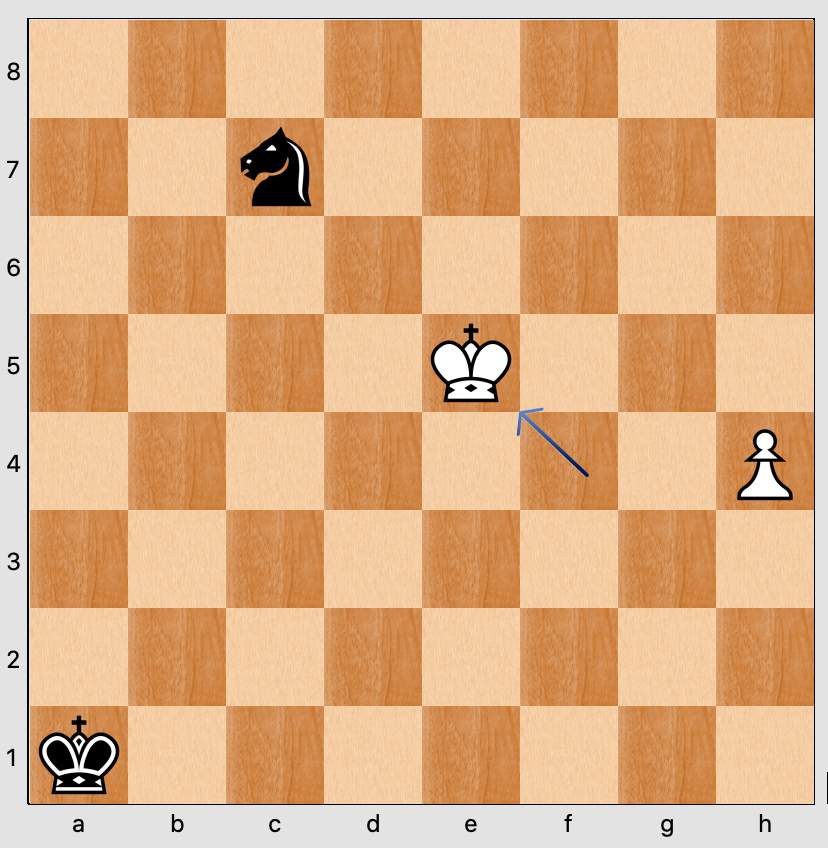
Karpov’s Distance
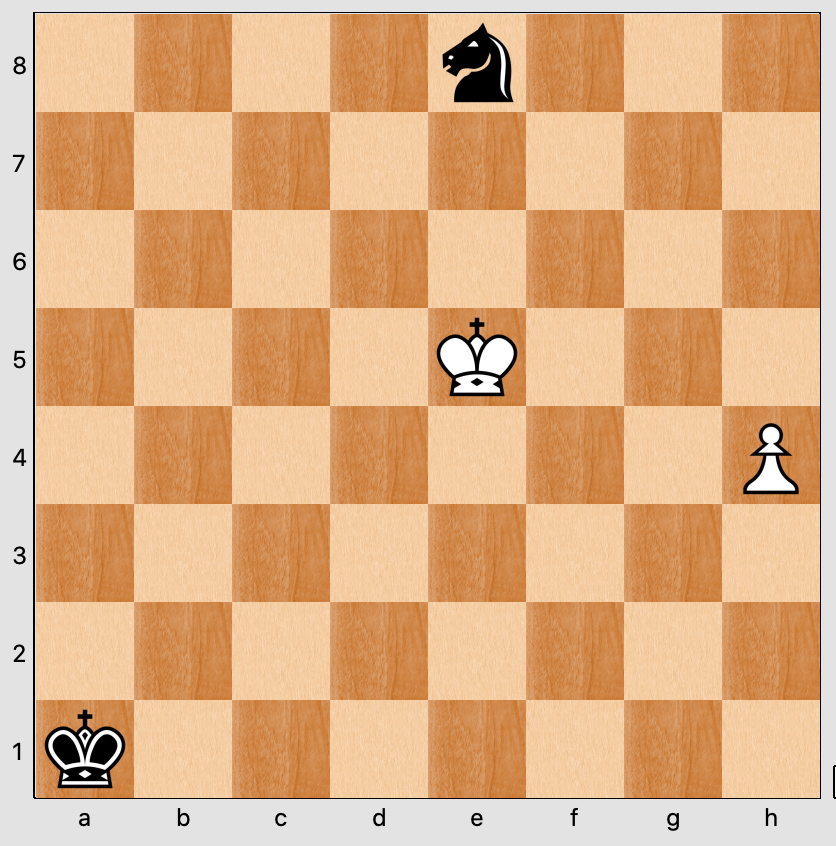
Anatoly Karpov is a Russian and former Soviet chess grandmaster, former World Chess Champion. This particular moved was very often played by him hence the name, moving the King to within 2 squares of a knight, if the Knight moves it will be in ‘Knight Check Shadow’ (or taken) and we all no what that means!

Latest Ladder positions after todays games
3 points for a win, 2 for a draw and 1 for a loss
An extra bonus point was awarded to anyone who could achieve three different types of Fork in a single game.
Onto todays Ladder games:-
Wins today for Gagan, Wyatt, Michal, Advik, Constance, Anusas, Lewis and Austin.
Advik did manage a Knight fork, Queen fork and a Rook fork, so gains one extra point.

Midweek Quiz 1 Answers and results
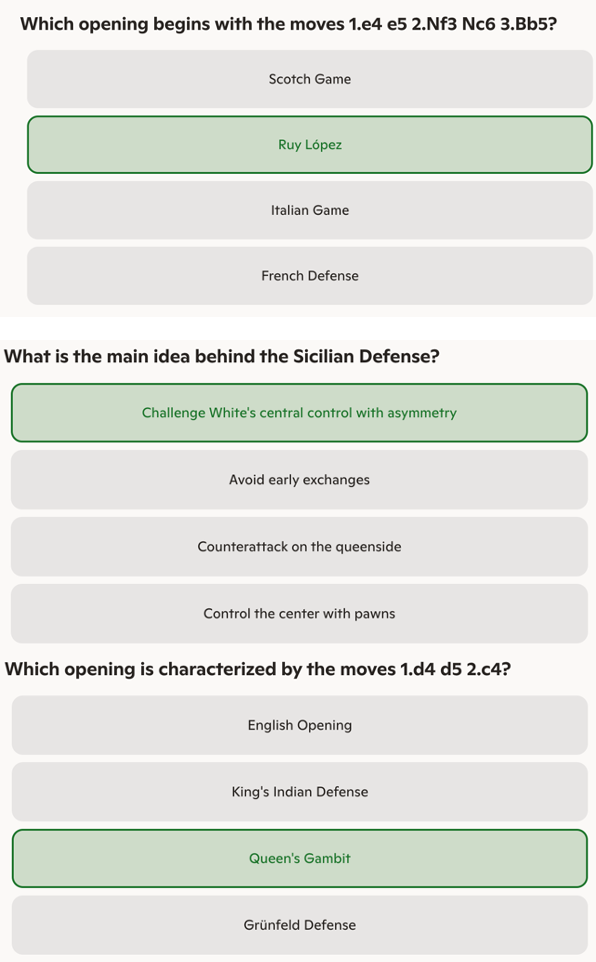
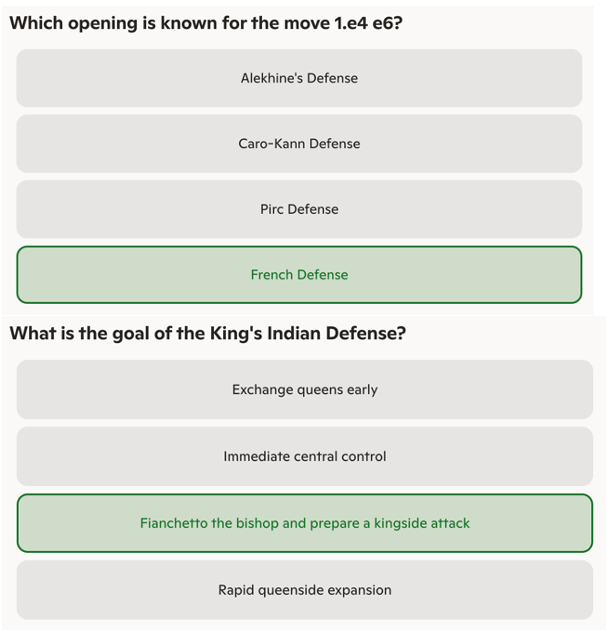
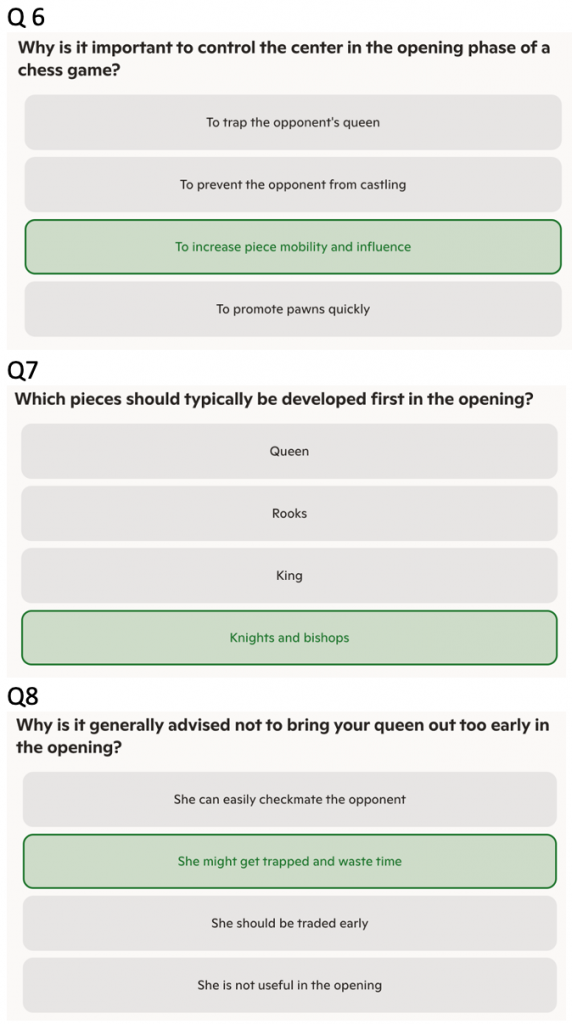
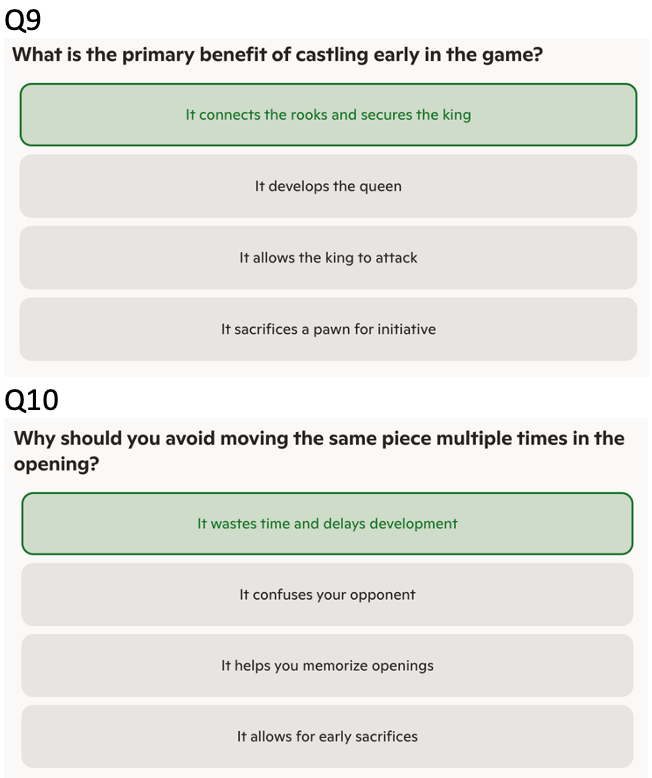
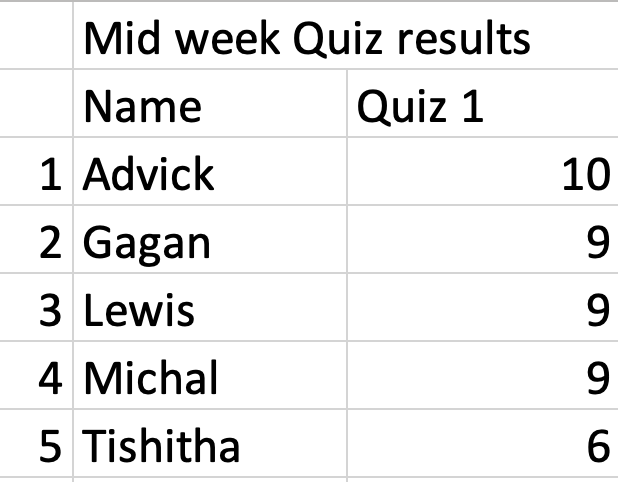
Well done Advick, all correct, all those with 9 points are in alphabetical order. Results for Quiz 2 will be in next weeks newsletter. Quiz 3 based on todays lesson, will be published on Tuesday or Wednesday.
It’s disappointing that only a few members participate in the midweek quiz. Some see it as homework, but putting in a little extra effort can significantly improve your chess skills.
